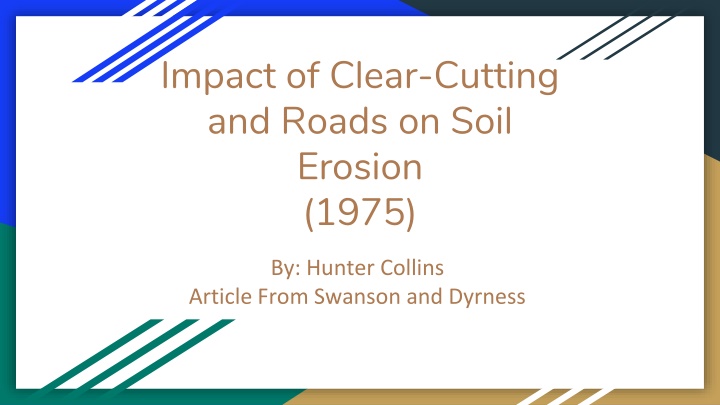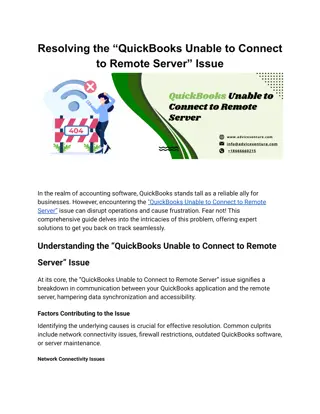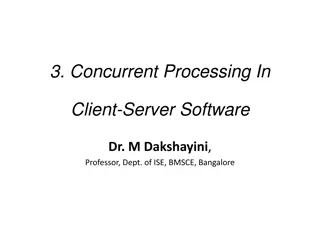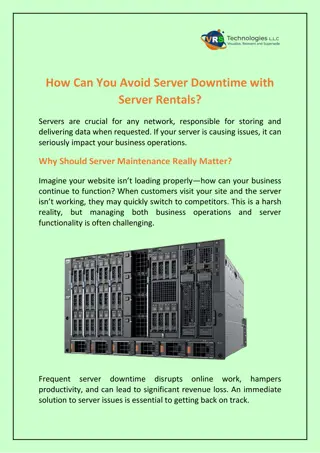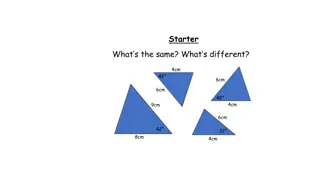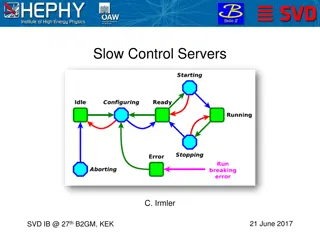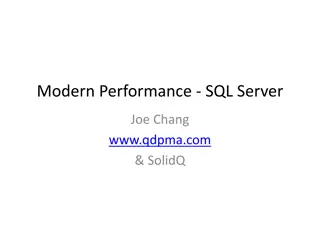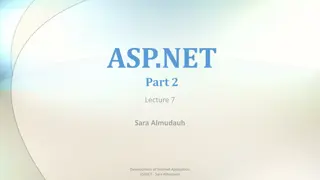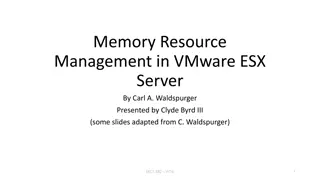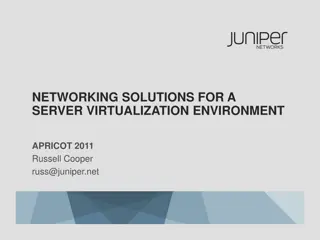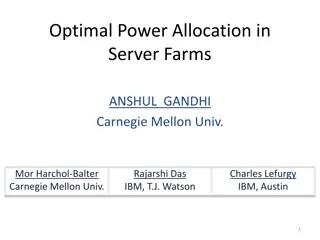Server-Side Processing
Server-side processing utilizes the web server to process web page data and enable interactivity on a website. It ensures efficient data processing without the need for downloading to the client's computer. Explore the advantages and disadvantages to gain deeper insights into this backend web development process.
Download Presentation

Please find below an Image/Link to download the presentation.
The content on the website is provided AS IS for your information and personal use only. It may not be sold, licensed, or shared on other websites without obtaining consent from the author.If you encounter any issues during the download, it is possible that the publisher has removed the file from their server.
You are allowed to download the files provided on this website for personal or commercial use, subject to the condition that they are used lawfully. All files are the property of their respective owners.
The content on the website is provided AS IS for your information and personal use only. It may not be sold, licensed, or shared on other websites without obtaining consent from the author.
E N D
Presentation Transcript
Impact of Clear-Cutting and Roads on Soil Erosion (1975) By: Hunter Collins Article From Swanson and Dyrness
Overview Introduction Background Study Area Methods Results Conclusion
Introduction Paper from 1975 Looking at soil erosion by landslides Timber harvest and roads effect Progress report on one phase of erosion studies Knew that current science was underestimating the impact
Introduction Contd Stable vs. Unstable Zone Lava-flow vs. Volcaniclastic terranes Rapid, shallow failures Less than 5m depth, 75m^3 soil material Slides bring soil into streams
Study Area HJ Andrews Experimental Forest Eastern edge of Western Cascades 6100 ha watershed, elev range: 450- 1630m Underlain by volcaniclastic below 1000m By unaltered lava flows above Much of area above 900m was glaciated during late Pleistocene
Background Large storms in 64 and 65 Studied in detail by Dyrness in 67 Two observational reports by Fredriksen ( 65, 70) on the watersheds Road cutting began in 1950 Extensive research in Andrews helped provide data
Methods Combined info above with aerial photos Interviewed forestry personnel Field observations Height, width, depth of scars Bedrock geology, geomorphic setting, land use, revegetation Events were dated using photos, etc.
Results More than 98% of slides took place in unstable zone Less than half the total forest area Only two road related slides recorded in stable zone Slides in clear-cut transported 3x greater volume of soil when compared to forested Roads accounted for 30x more soil than forested areas
Why? Deforestation causes decreased root strength Transpiration decreases and snowmelt may increase Especially dangerous during decomp and regrowth of trees Roads cause interruption and redirection of sediment and water flow by creating a channel
Conclusion While data looked bad they were optimistic Road design and implementation could be improved New logging methods However most of the stable terrane was unlogged at the time Impact of these two factors reduced after 10-20 yrs 2 road related landslides in stable zone, 139 in unstable
